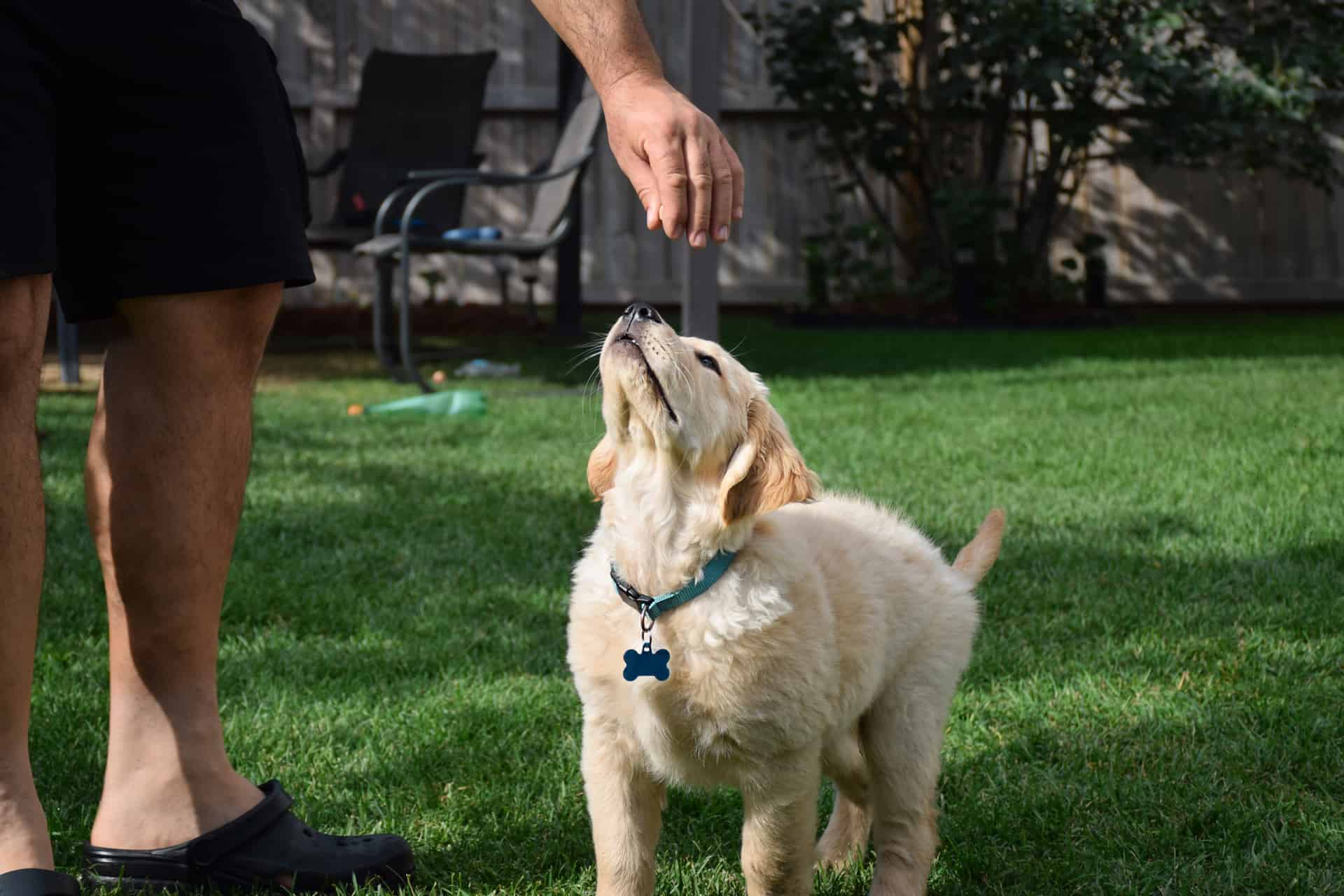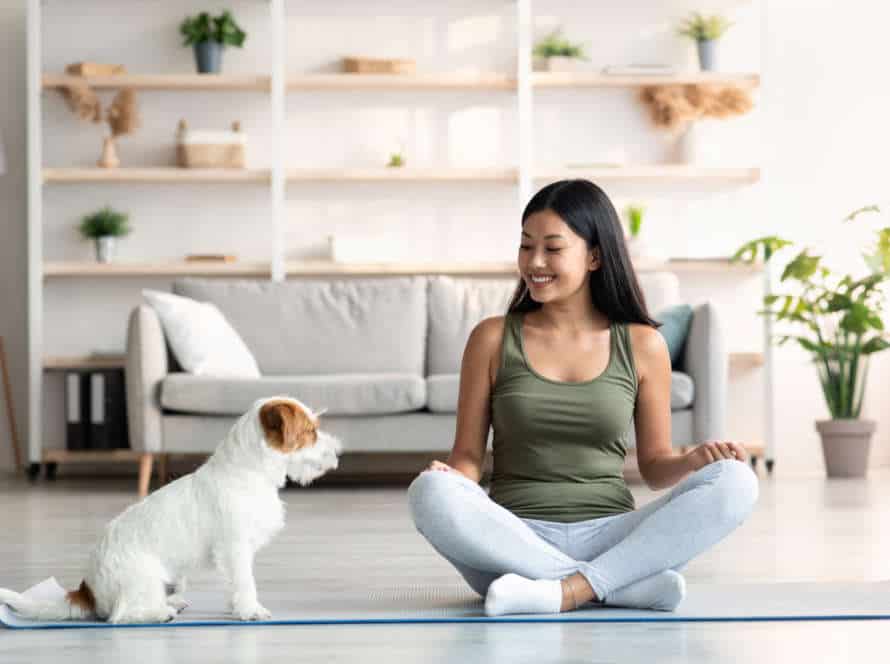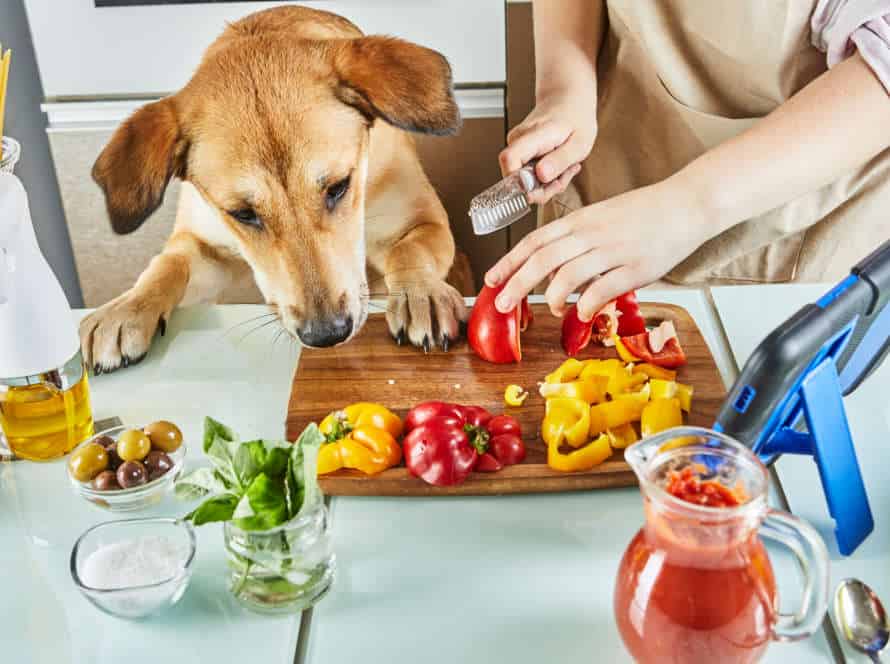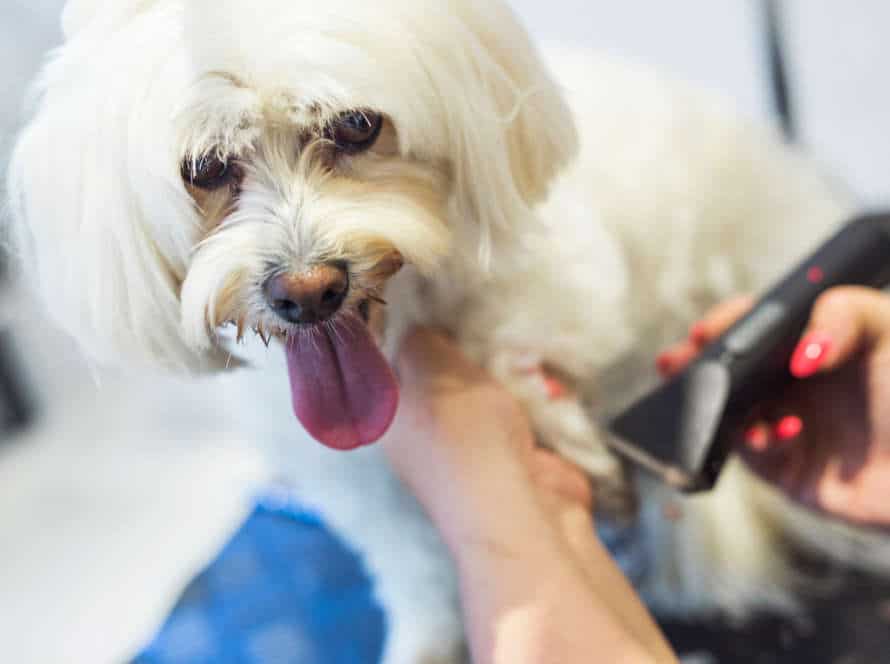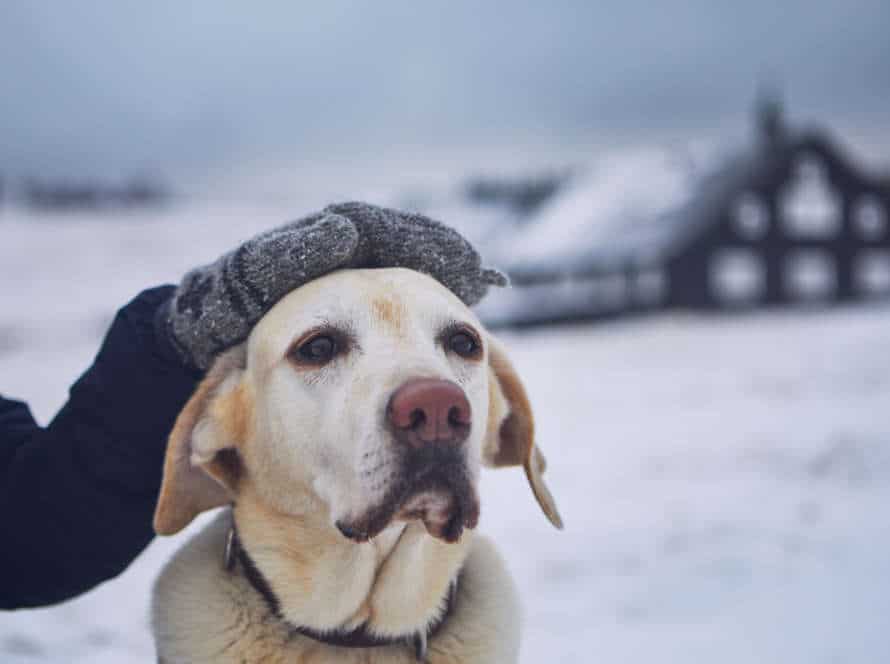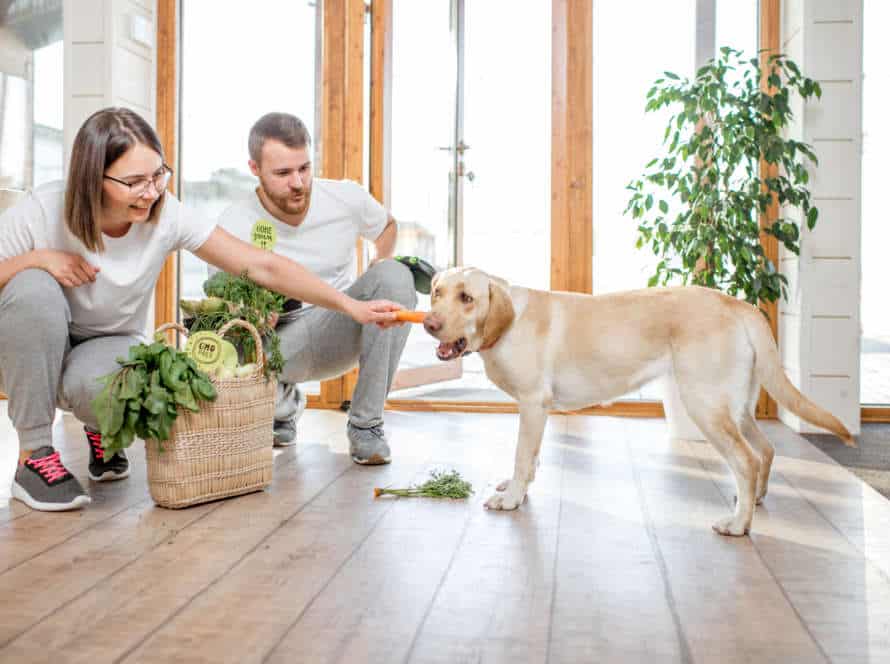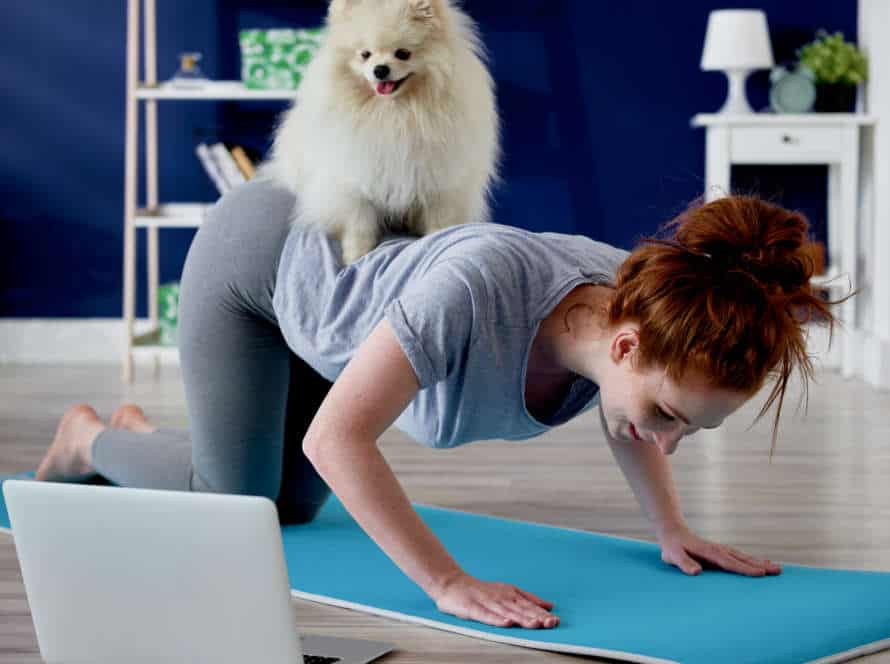Unlock Your Puppy’s Potential with Positive Reinforcement Techniques
Positive reinforcement techniques are a great way to get your pup’s full potential out and promote good behavior. Instead of punishing bad behavior, reward desirable behavior. Here’s how:
- Treats – When your pup does something good, like sitting, staying, or coming when called, give them small and healthy treats. Change them up to keep them engaged.
- Clicker training – Use a clicker, a handheld device with a clicking sound, to mark desirable behavior and then reward them with a treat. Your pup will learn that the click means a treat.
- Praise – Positive words like “good dog” or “great work” can be just as effective as treats or clicker training. Make sure to use a happy tone so they know they did well.
By using positive reinforcement techniques, you and your pup can build a strong bond and get the most out of them.
Understanding Positive Reinforcement Techniques
Positive reinforcement techniques are key for puppy training. When you give your pup a reward for good behavior and constructive feedback, you can help them develop into the best pup they can be! Here’s an overview of the positive reinforcement techniques you could use for training your pup.
What is Positive Reinforcement?
Positive reinforcement is a way to motivate desirable behavior. By rewarding the action, it is more likely to be repeated. It is especially useful when training puppies.
Here are some positive reinforcement techniques:
- Treats: Give your puppy a treat when it does something good, such as sitting or staying.
- Praise: Say positive things like “good boy” when your pup is behaving well.
- Playtime: Let your pup have fun, like playing fetch or tug of war, as a reward.
By using these techniques, your puppy will understand that good behavior is rewarded. This will help it act properly in the future.
How Does Positive Reinforcement Work in Dog Training?
Positive reinforcement is a great way to train your pup! Rewards, such as treats, toys or verbal praise, are given for exhibiting desirable behavior. This will ensure your pup learns that good behavior is enjoyable and worth repeating in the future.
Commands like “sit” and “stay” can be taught with positive reinforcement, but it can also be used to stop bad behavior like barking or jumping on people. Rewarding positive behavior creates a positive atmosphere during training and strengthens the bond between owner and pup!
Timing is important to make sure the pup associates the reward with their action. The reward should be given right after they do the desired behavior.
In conclusion, positive reinforcement is key to unlocking a pup’s potential. Training should be consistent and regular, incorporating rewards into daily routines and sessions. Your pup will be well-behaved, happy and you’ll have a stronger bond with them!
Benefits of Using Positive Reinforcement Techniques for Your Puppy
Positive reinforcement techniques are the best way to teach your pup new tricks. Here’s why:
- They create a strong bond – Praise, treats, and play encourage good behaviour and make you and your pup closer.
- They boost confidence – Positive reinforcement increases your pup’s self-esteem and encourages them to learn without fear of punishment.
- A happy, stress-free environment – Punitive tactics, like scolding or physical punishment, can make your pup anxious. Positive reinforcement makes them feel calm and happy to learn.
- It’s humane – Positive reinforcement rewards good behaviour and doesn’t involve punishing bad behaviour.
- Positive reinforcement is a win-win. Remember: be consistent and use high-value treats to reward your pup.
Positive Reinforcement Techniques for Basic Commands
Train your pup? Essential! A responsible pet owner knows this. Positive reinforcement works great for teaching basic commands like “sit,” “stay” and “come.” Using positive reinforcement makes training easier and more enjoyable for both you and your pet. Let’s take a look at how positive reinforcement aids puppy training.
Sit
Teaching your pup to sit is a must! Positive reinforcement is the way to go.
Follow these easy steps:
- Hold a treat in front of their nose.
- Then, slowly lift it above their head.
- Their bottom should go down into a sit when their head follows the treat.
- Say “sit” and give them the treat as soon as their bottom touches the ground.
- Repeat this in short, frequent training sessions. Your pup will learn soon enough.
- Use positive reinforcement like treats, praise, and playtime. It will help them reach their full potential!
Stay
Positive reinforcement techniques are a great way to train your pup. Instead of punishments and fear, use rewards and motivation. You can unlock the puppy’s potential and turn them into a well-mannered companion.
Here are some positive reinforcement methods for basic commands:
- Clicker training – Mark desired behavior with a clicker, and reward your pup with treats or toys.
- Treat training – Use high-value treats to reward good behavior, like sitting or staying.
- Verbal praise – Use a happy, excited tone to praise your pup when they do what you want.
- Playtime – Playing is an excellent reward and can motivate and reinforce desired behaviors.
Be consistent and patient while training your pup. This builds a positive relationship and makes training fun and rewarding.
Down
Training your pup? Positive reinforcement rules! Don’t punish bad behavior. Reward good behavior instead. Here’s how:
- Clicker training: Make a click sound when pup does something you like. Give a treat soon after.
- Treats: Use pup’s faves to encourage good behavior.
- Verbal praise: Use upbeat, exciting talk to show approval.
- Sessions with playtime: Make training fun and positive for both of you.
Positive reinforcement builds a positive bond between you and your pup. Plus, it’s rewarding for both of you!
Come
Positive reinforcement techniques can help you teach your pup commands. Here are a few to consider:
- Treats: Reward your pup’s good behavior with treats. Be mindful of how many you use and pick healthy ones.
- Verbal Praise: Use a happy and positive tone to convey your approval.
- Clicker Training: Use a clicker to make a unique sound, which can be linked to the desired behavior as a reward.
- Body Language: Dogs understand body language. Use positive body language like an open stance or a smile to show approval.
- Patience & Consistency: Keys to success when it comes to positive reinforcement. Unlock your pup’s potential with these techniques to create a strong bond of trust, respect, & love.
Heel
Heel is an important command to teach your pup. Here’s how to use positive reinforcement to train them.
- Stand still with your pup on the leash beside you.
- Show your puppy a treat in your hand.
- Say “heel” and take a step forward.
- Reward with a treat and praise when your pup takes a step with you.
- Repeat this, gradually increasing the number of steps.
- Remember to use treats and praise to encourage good behaviour.
Pro tip: Be patient and practice regularly. Consistency is key to success.
Positive Reinforcement Techniques for Behavioral Issues
Positive reinforcement is a super way to teach your pup. It’s a successful way to change their behaviour. Reward them with yummy treats, vocal praise and verbal commands if they behave well. This will help them to be more obedient. Let us look at some of the best positive reinforcement techniques and how you can make the most of your pup!
Biting and Nipping
Biting and nipping? Common among puppies! During teething or play. Positive reinforcement is the way to go! To help them reach their full potential, you know.
Redirect the attention: When they bite or nip, give ’em a chew toy or game fun to flip.
Positive reinforcement: Reward puppies when they do good. Treats, praise, or even a toy, if you would.
Timeouts: Unwanted behavior? Give ’em a break. Remove them and no attention for a few minutes take.
Consistency: To stop biting, be consistent in your training. Same techniques, same time. This is what you’ll be maintaining.
These positive reinforcements, help your puppy understand. What is expected of them and reach their full potential, your puppy will command.
Jumping
Jumping is a common puppy behavior that can be fixed with positive reinforcement. Here’s how to train them to stop:
- Shift their energy. Instead of scolding, guide them to an acceptable action like sitting or laying down.
- Praise and give treats for good behavior. This will show them what you want and motivate them to keep going.
- Ignore bad behavior. If they jump up, turn away and stay quiet until they calm down. This will teach them that jumping won’t get a reaction.
With consistent training, your pup can learn not to jump. Remember – consistency is key!
Excessive Barking
Excessive barking is a problem that many dog owners face. But, you can teach your pup better behavior with positive reinforcement. Here’s how:
- Teach them the “Quiet” command. Give treats or praise when they stop barking after hearing it.
- Reward good behavior. Whenever they obey, give a treat or praise them.
- Be consistent. Everyone in the household should follow the same rules and reward appropriate behavior.
Positive reinforcement can help your pup reach their potential. Just remember to be patient and consistent. It may take some time for your pup to unlearn old habits and learn new ones.
Using Positive Reinforcement Techniques for Puppy Socialization
Socializing your pup is a must for its future growth and health. Positive reinforcement coaching is a humane and powerful way to help your puppy mingle properly with both people and other animals. Let’s look into the many forms of positive reinforcement, so you can aid your pup to quickly learn crucial social abilities and behaviors.
Introduction to Other Dogs
Introducing your pup to other dogs is essential for their socialization. Positive reinforcement is an efficient and humane way for your puppy to feel secure and content around other canines. Here are a few tips to use positive reinforcement when introducing your pup to other dogs:
- Use treats and compliments to reward your puppy when they show calmness and relaxation around other dogs.
- Start small with supervised interactions with well-mannered dogs in a neutral and familiar spot.
- Keep a leash handy and separate the dogs if any signs of aggression or uneasiness appear.
- Gradually increase the duration and intensity of the interactions as your pup gets more familiar and confident.
- Prioritize their safety and well-being all the time. Pro Tip- Consult a professional dog trainer or vet to create a personal socialization plan for your pup, based on their age, breed, and temperament.
Introduction to New Environments
Introducing a pup to a new environment can be intimidating. But, with positive reinforcement techniques, you can help them adjust and reach their full potential. Socialization is essential for a puppy’s growth and development. Plus, with the right methods, it can be an enjoyable, rewarding experience. Here are a few positive reinforcement techniques that can help in their socialization:
- Treats and rewards – Use treats and rewards to encourage your pup to explore the environment and connect it to positive experiences.
- Slow introduction – Introduce your pup to the new environment gradually to prevent overwhelming them.
- Positive reinforcement training – With positive reinforcement training, you can help them learn new behaviors and boost their confidence.
Positive reinforcement techniques can help your pup build the skills and self-assurance they need to succeed in new environments.
Exposure to Children and People
Positive reinforcement can be useful in helping your pup reach its full potential. Exposing your puppy to kids and people is a great start! Here are a few tips:
- Give treats and praise when it interacts with kids/people. This will make the experience fun, and create positive associations.
- Begin with low-pressure interactions and gradually increase. Eg. Supervised playdates with a few adults, then add more people and longer interactions.
- Give your pup the chance to socialize in different contexts, like parks or outdoor spaces. This will help it become more adaptable.
Remember, these techniques need patience and consistency. They can create a confident dog!
Pro Tip: Supervise interactions for safety and positivity.
Reinforcing Positive Behavior with Treats and Toys
Positive reinforcement is a great way to train pups. Treats and toys are perfect rewards when they act as you want. If you use positive reinforcement with treats and toys regularly, your pup’s behavior will improve! Let’s find out how treats and toys help with this.
Selecting the Right Treats for Positive Reinforcement
Choosing treats to positively reinforce is vital to optimally use this technique and open your pup’s potential. Tips for picking the best treats include:
- Use small, soft, and effortless-to-eat snacks that your puppy will adore.
- Opt for healthy and nutritive treats, such as freeze-dried meats, small pieces of fruits and veggies, and treats with added vitamins and minerals.
- Don’t choose treats that are too big, as they can be difficult for your pup to eat and can interfere with the training.
- Utilize a variety of treats to keep training new and fun for your pup, but make sure they’re all top-notch treats that your puppy likes.
By following these tips, you can use treats effectively as a reward technique to open your pup’s potential and help them master fresh behaviors, tricks, and commands.
Using Toys in Positive Reinforcement Techniques
Toys can be excellent for positive reinforcement techniques when training your puppy. Together with treats, toys can help encourage nice behaviors and create a pleasant connection with training. Here are some ways to use toys in positive reinforcement techniques:
- Reward your puppy with a toy for completing a task or behaving well.
- Use a toy to teach your puppy tricks like fetching or playing dead.
- Provide mental and physical stimulation with toys to ward off destructive behavior and keep your pup entertained.
- Combine toys and treats to make training fun and rewarding.
Pro Tip: Ensure you pick toys right for your pup’s size and age, and watch them while they play to stop any accidents.
Maintaining Progress and Avoiding Pitfalls
Positive reinforcement training? Great for unlocking your pup’s potential! But, to maintain progress and avoid pitfalls, you must take special care. In this article, let’s explore how positive reinforcement techniques can help you unlock your pup’s potential and maintain progress, while avoiding pitfalls!
Consistency is Key
Consistency is vital for successful puppy training with positive techniques. Here’s why: Pups like routine and repetition. Consistent support helps them learn faster and remember longer. Inconsistent teaching can befuddle your pup, leading to frustrating setbacks.
For instance, if you reward sitting one day and scold the same thing the next, your pup could be too scared to try the behaviour. To dodge these issues, set a routine and stick to it. Always use the same commands and rewards. Avoid punishing or scolding. With consistency and patience, your pup will learn and remember quickly – making training enjoyable for both of you.
Pro tip – remember to praise and reward, even for tiny achievements!
Avoiding Negative Reinforcement Techniques
Negative reinforcement techniques, like physical punishment, shouting, or withholding food, are damaging and inefficient ways to train your pup. Positive reinforcement techniques, however, have been proven to be effective and compassionate. Here are some tips for avoiding negative reinforcement and helping your pup unleash its potential with positive reinforcement:
- Reward good behavior with treats, compliments, and toys – not punishment.
- Be persistent with your training strategies and expectations.
- Use a happy and hopeful tone of voice during training to encourage and motivate your pup.
- Show patience and understanding, and be conscious of your pup’s limits and learning speed.
- Get professional help or advice if you’re having trouble with training or behavior.
Remember: Positive reinforcement takes time and persistence, but the results are worth it. By focusing on positive methods, you can construct a stronger connection with your pup and cultivate long-term obedience and loyalty.
Addressing Issues that May Arise
Unlock your pup’s potential? Positive reinforcement is the way. Here are 4 common issues, and how to address ’em, to progress and avoid problems.
- Lack of consistency? Consistency is essential. Ensure everyone in the home knows the same commands and rewards.
- Bored? Pups need physical and mental stimulation. Try new toys and games, and switch up the training regimen.
- Fearful or anxious? If so, adjust the pace. Positive reinforcement calls for a relaxed environment.
- Regression? Normal, during growth and change. Don’t despair; just keep reinforcing those positive behaviors.
Patience, consistency, and a positive outlook are key to avoiding pitfalls and maintaining progress with training. Build a strong and healthy relationship with your furry friend through positive reinforcement techniques.
Frequently Asked Questions
1. What is positive reinforcement training for puppies?
Positive reinforcement training is a technique used to encourage good behavior in puppies by rewarding them for positive actions. This type of training is all about positive feedback like treats, praises, and playtimes that motivate the puppies to repeat the actions that earned them the rewards.
2. Can puppies learn good behavior only with positive reinforcement?
Yes, puppies can learn good behavior only with positive reinforcement. Positive reinforcement is a proven technique that uses rewards to encourage puppies to repeat desired behaviors, and it has been shown to be more effective in the long term compared to punishment-based training.
3. How long does it take for puppies to learn positive reinforcement training?
The length of time it takes for puppies to learn positive reinforcement training depends on the age and breed of the puppy, as well as the consistency and patience of the trainer. However, most puppies can learn basic positive reinforcement training within a few weeks of consistent and positive training sessions.
4. What are some common positive reinforcement training techniques for puppies?
Some common positive reinforcement training techniques for puppies include using treats as rewards, using clicker training, using verbal praise, and using playtime as a reward. All of these techniques are effective for encouraging good behavior in puppies.
5. Can positive reinforcement training be used for all puppies?
Yes, positive reinforcement training can be used for all puppies regardless of their breed or age. This training technique is gentle, effective, and does not involve any form of punishment, making it suitable for all puppies.
6. What are the advantages of positive reinforcement training for puppies?
Positive reinforcement training is a gentle and effective way to encourage good behavior in puppies. It is also far less stressful for puppies than punishment-based training techniques since it does not involve any form of physical or verbal abuse. Furthermore, positive reinforcement training helps puppies build a strong bond with their owners through positive interactions and rewards.

